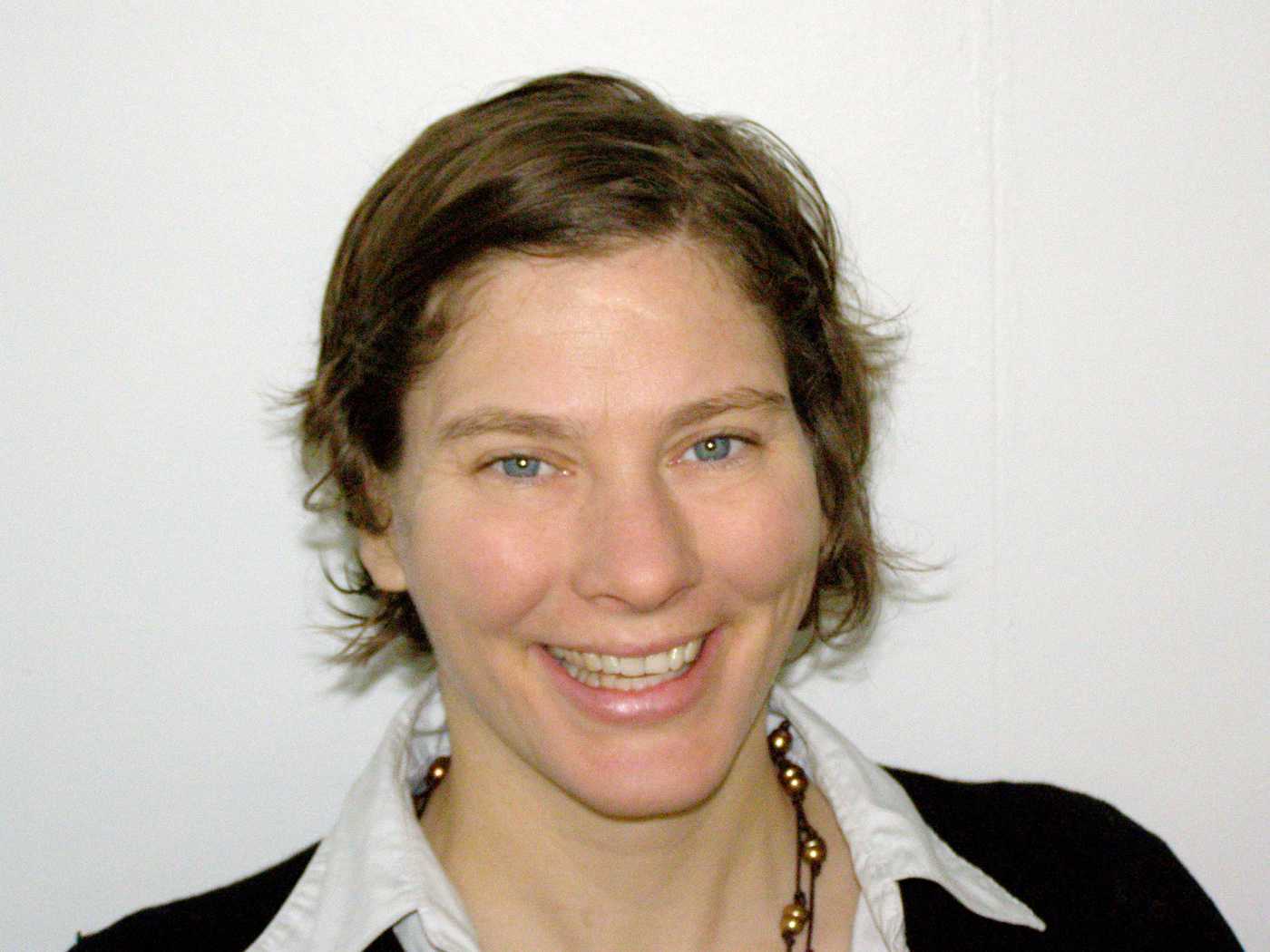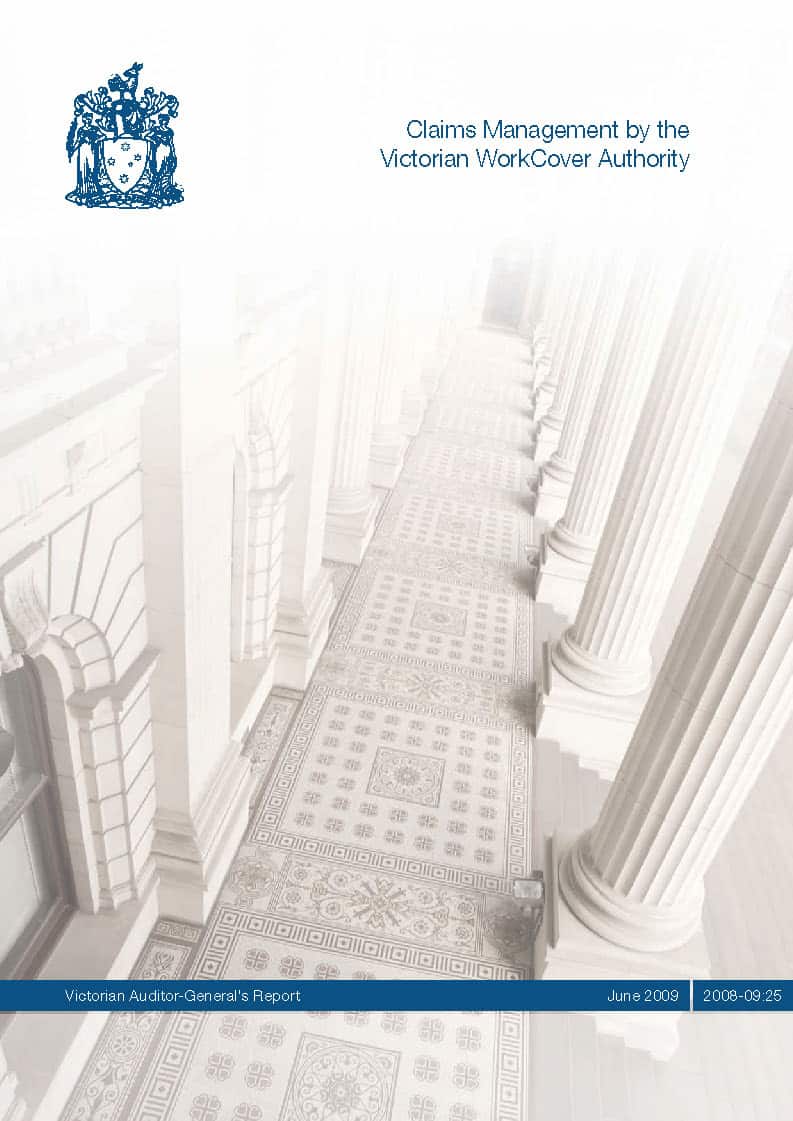SafetyAtWorkBlog reported on a scaffolding incident in Queensland in mid-2008. Charges have now been laid but not manslaughter charges as were called for at the time by the unions.
The workers were fatally injured on 21 June 2008 when the swing stage scaffold they were using to carry out concrete patchwork on the Pegasus high-rise, then under construction at Broadbeach, failed and fell 26 levels to the ground.
According to Workplace Health and Safety Queensland
Allscaff Systems Pty Ltd, which erected the swing stage, is charged with failing to ensure the plant was erected in a way that ensured it was safe when used properly.
Ralph Michael Smith, director of Allscaff Systems Pty Ltd, is charged with failing to ensure the company complied with its obligations under the Act.
Karimbla Construction Services Pty Limited, which built the high-rise, is charged with breaching obligations as a person in control of a workplace and as project manager.
Pryme Constructions Pty Ltd, which undertook the concrete patching, is charged with breaching its obligations to ensure workplace health and safety.
SsfetyAtWorkBlog will be following this case over the next few months.


